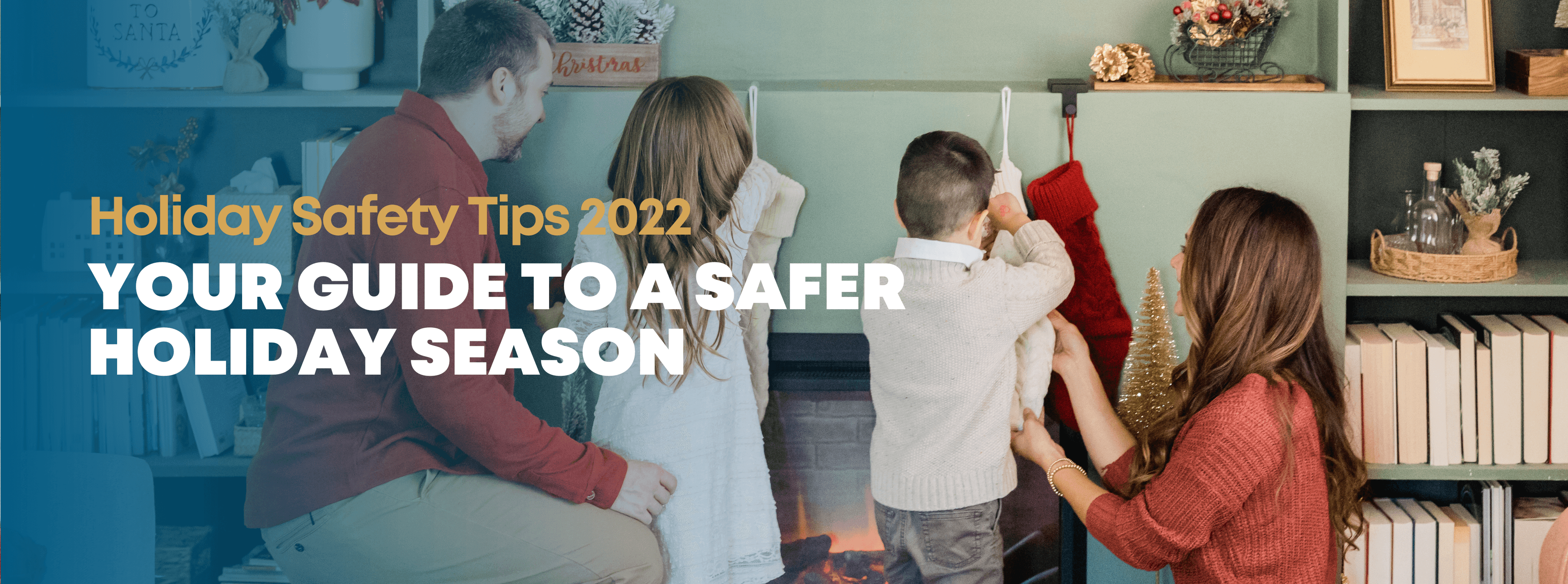Though individuals intuitively understand the type of adjustment to life that comes with parenting, one can't fully appreciate the changes that it can bring without firsthand experience. From late-night wake-up calls and mid-day naps, to meal preparation and ever-expanding grocery bills, child rearing can bring a major shift to a mom or dad's daily priorities.
But perhaps none is more significant than what parents have to do to their homes once their baby grows to be a toddler, as virtually everything that's within reach of a 2-year-old will be pulled, grabbed, yanked or opened. And if homeowners aren't careful, what their child grabs or rifles through can wind up severely injuring them or worse.
With this in mind, the following safety measures should help parents perform their own mini home inspection so that they can effectively childproof their residence so that it's kid-friendly.
Children love to play in the kitchen
The kitchen is generally the most highly trafficked room in the house, given that it's where food is prepared, cooked and served. And with a wide variety of utensils available for meal preparation - like pots, pans, silverware and dishes - young children like to make their presence known in the kitchen as well. For this reason, safety experts recommend installing locking latches on all of the cabinets and drawers that children can reach. Not only can this prevent them from tampering with oftentimes heavy equipment but it can also shield them from poisonous household products in cleaning supplies, which may be in a cabinet near to where the cooking and baking utensils are.
Before parents know it, their crawling children will be ambulatory, walking with ease throughout the household. Kids' itinerant nature will take them to other portions of the house that they may have been unable to access when they were scooting or crawling, but it will also given them the opportunity to wreak more havoc in the ever-popular kitchen. Thus, a greater sense of awareness is crucial when it comes to cooking. For example, instead of using the front burners for boiling water or stir-frying vegetables, it's likely better off to place the pots and skillets on the very back burners, thereby preventing toddlers from reaching up and grabbing a handle. Parents may also want to consider purchasing locks on the oven stove knobs as well, which block childrens' ability to tamper with the temperature dials.
Cover unused power outlets
When kids have lost interest in the kitchen, they may turn their attention to another room of the house, like the bathroom. Though typically smaller in size, there's still plenty of ways in which children can get into trouble. In addition to installing safety locks on bathroom cabinets and drawers, parents should take a look at where there plug outlets are. If they're within reach, cover the outlets with a safety cap when it's unused. When these receptacles are bare, kids may try to stick their finger in them, which can give them a sudden shock from the electricity it holds, potentially leading to injury.
Some rooms of the house parents may want off-limits to their children completely. This can be arranged fairly easily by using retractable safety gates that extend or shorten to the width of the room's hall or entryway.
Home safety experts say it's a good idea to do a thorough house inspection of all the potential dangers that are lurking so that the appropriate measures can be taken. For more tips on how to childproof a home, the Consumer Product Safety Commission provides a downloadable pamphlet at their website.
Get the Latest Insights!
Sign up to stay up to date with latest tips, trends and updates from WIN.












